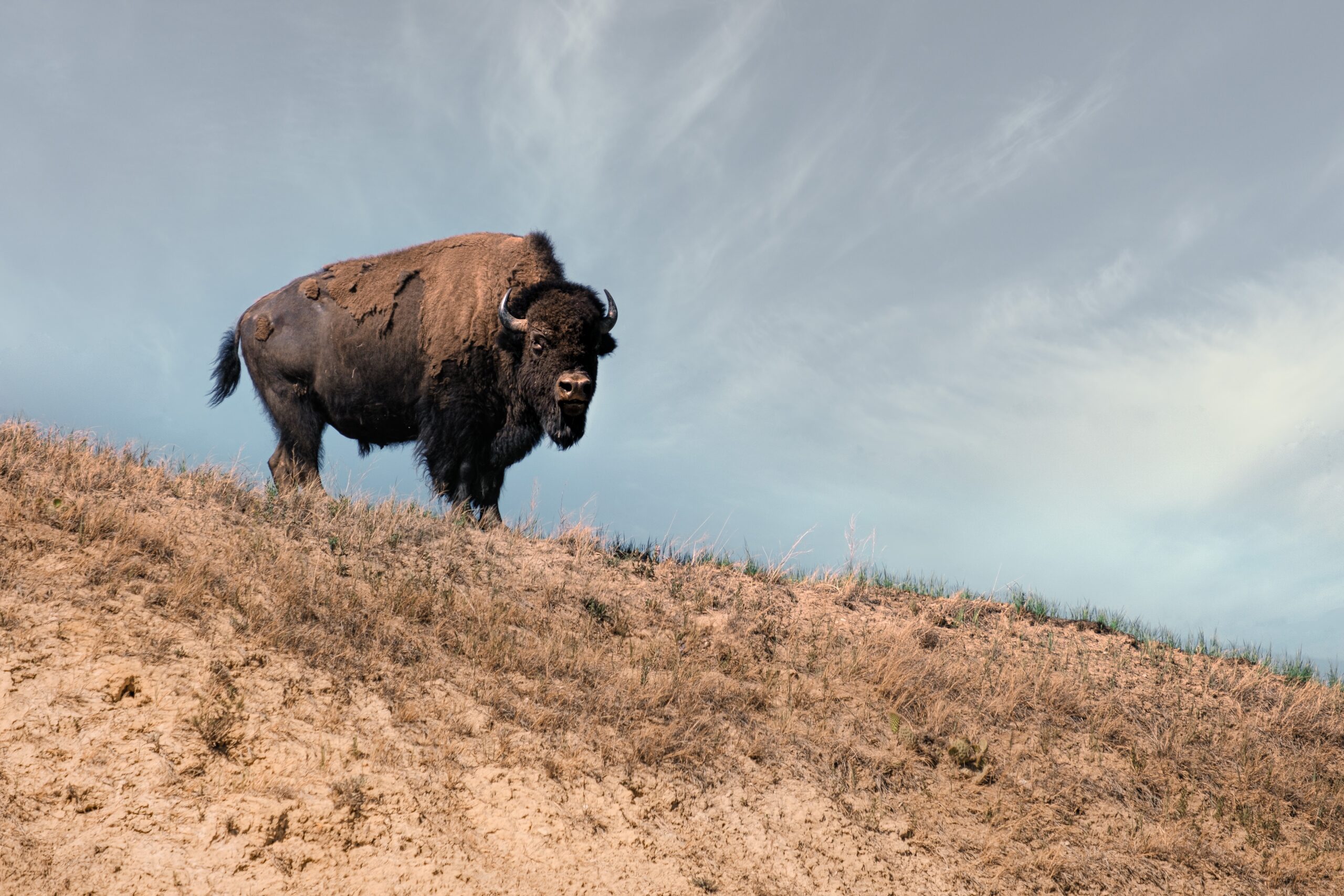It’s hard to think of something more iconic of the American West than the buffalo. Millions used to roam over a majority of the country. After being almost wiped out, they are now confined mostly to National Parks, such as Yellowstone, and wildlife refuges in a handful of states.
Buffalo (bison) are an important part of Native American history and culture. Through the work of the Wind River Tribal Buffalo Initiative in 2016, the Eastern Shoshone tribe along with the National Wildlife Federation released 10 buffalo onto the Wind River Indian Reservation, which surrounds Riverton, WY. Since then, the population has grown through additional relocations and births.
It had been over 130 years since the last buffalo was seen in the valley. Bringing them back is not only the ecological restoration of a vital species, but also restoration of cultural heritage. Historically, the buffalo are deeply tied to both tribes of the Wind River Reservation, the Eastern Shoshone and the Northern Arapaho. They were an essential part of their diet, lifestyle, and ceremonial belief systems and customs.
Buffalo are a keystone species, meaning they benefit many other plants and animals that are native to the area. The Wind River Tribal Buffalo Initiative focuses on land acquisition, buffalo management, and community education. The reintroduction of buffalo to Eastern Shoshone lands is a huge achievement considering all the obstacles that had to be overcome from economic and environmental considerations to community involvement and funding. For many, seeing wild buffalo again brings to life the stories passed down by their families for generations.
From wild horses and bighorn sheep to pristine fishing and natural beauty, Wyoming wildlife is unparalleled. Hopefully soon, seeing buffalo near Riverton, Wyoming in the Wind River Valley will not be considered unusual as they take their place again on the land they once roamed.

